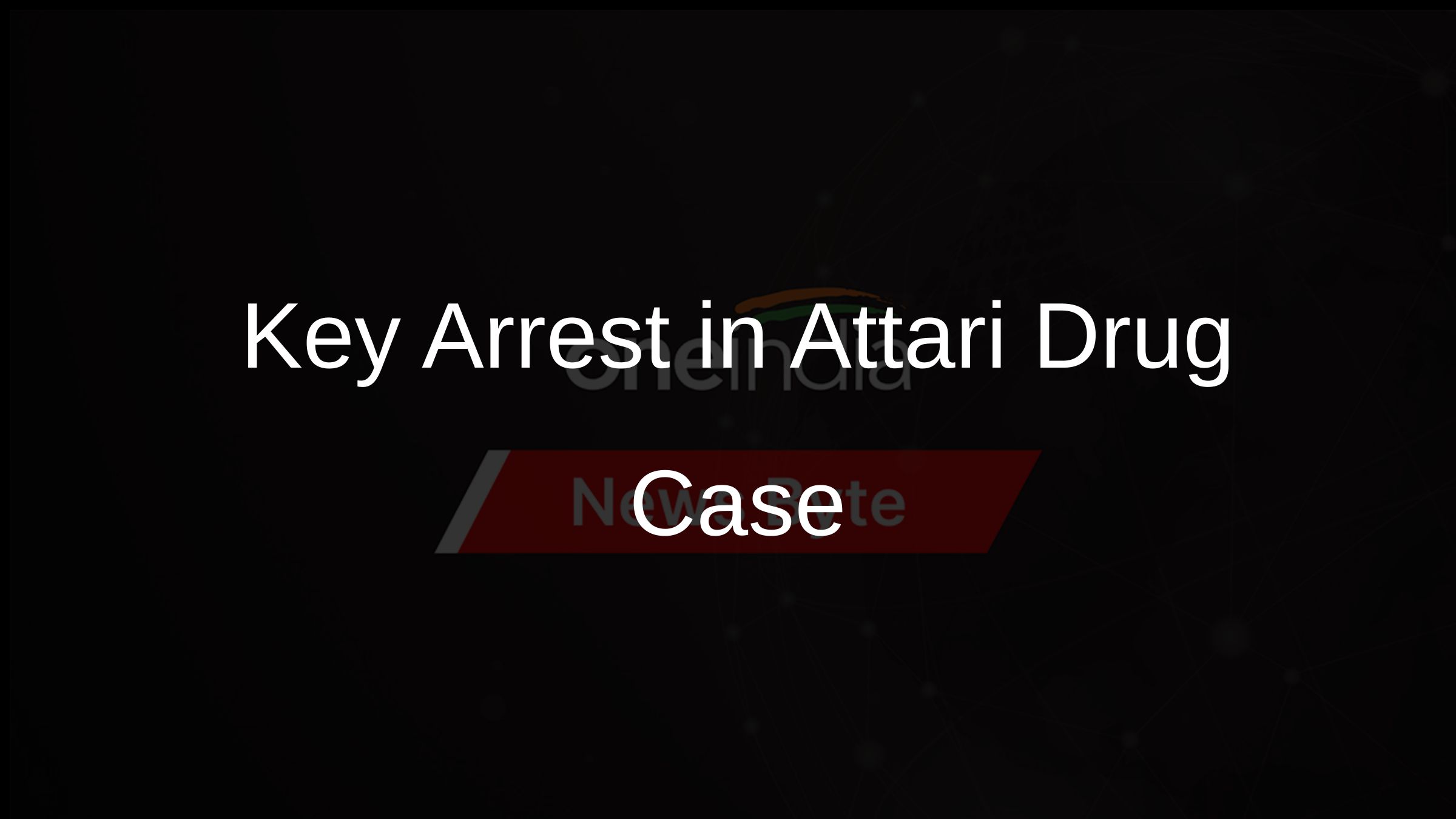
X-shaped debris in space hints at head-on collision between two asteroids
Washington, February 3 (ANI): Astronomers, using NASA's Hubble Space Telescope, have observed a mysterious X-shaped debris pattern and trailing streamers of dust that suggest a head-on collision between two asteroids.
Astronomers have long thought the asteroid belt is being ground down through collisions, but such a smashup has never been seen before.
Asteroid collisions are energetic, with an average impact speed of more than 11,000 miles per hour, or five times faster than a rifle bullet.
The comet-like object imaged by Hubble, called P/2010 A2, was first discovered by the Lincoln Near-Earth Asteroid Research, or LINEAR, program sky survey on January 6.
New Hubble images taken on Jan. 25 and 29 show a complex X-pattern of filamentary structures near the nucleus.
"This is quite different from the smooth dust envelopes of normal comets," said principal investigator David Jewitt of the University of California at Los Angeles.
"The filaments are made of dust and gravel, presumably recently thrown out of the nucleus. Some are swept back by radiation pressure from sunlight to create straight dust streaks. Embedded in the filaments are co-moving blobs of dust that likely originated from tiny unseen parent bodies," he added.
Hubble shows the main nucleus of P/2010 A2 lies outside its own halo of dust, which has never been seen before in a comet-like object.
The nucleus is estimated to be 460 feet in diameter.
Normal comets fall into the inner regions of the solar system from icy reservoirs in the Kuiper belt and Oort cloud.
As comets near the sun and warm up, ice near the surface vaporizes and ejects material from the solid comet nucleus via jets.
But P/2010 A2 may have a different origin.
It orbits in the warm, inner regions of the asteroid belt where its nearest neighbors are dry rocky bodies lacking volatile materials.
This leaves open the possibility that the complex debris tail is the result of an impact between two bodies, rather than ice simply melting from a parent body.
"If this interpretation is correct, two small and previously unknown asteroids recently collided, creating a shower of debris that is being swept back into a tail from the collision site by the pressure of sunlight," Jewitt said.
The main nucleus of P/2010 A2 would be the surviving remnant of this so-called hypervelocity collision. (ANI)


 Click it and Unblock the Notifications
Click it and Unblock the Notifications
















